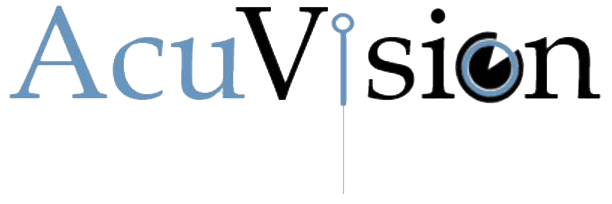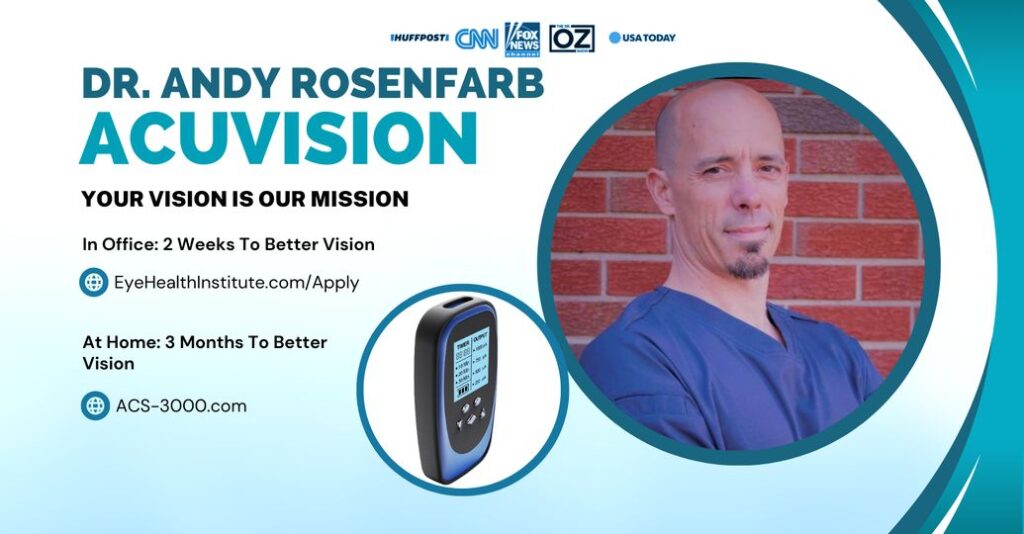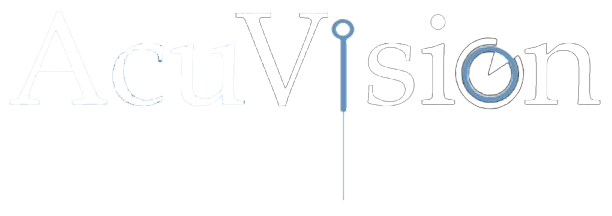Best's Disease (Macular Dystrophy)
Overview & Our Approach to Best's Disease (Macular Dystrophy)
Supporting Retinal Health: We utilize acupuncture, supplements, and at-home devices to help support retinal function and health, aiming to slow the progression of macular degeneration.
Preserving Macular Function: Our treatments focus on managing the underlying factors contributing to the deterioration of the macula, such as oxidative stress and inflammation, to preserve and enhance central vision.
- Telehealth & In-Office Treatments: Intensive, personalized treatments in our New Jersey office for the fastest and most effective results.
- At-Home Care with ACS3000: Offering the ACS3000 system for at-home care to treatment and support optic nerve health.
- Targeted Supplements: Providing specialized and targeted supplements to support eye health.
Symptoms & Causes of Best's Disease (Macular Dystrophy)
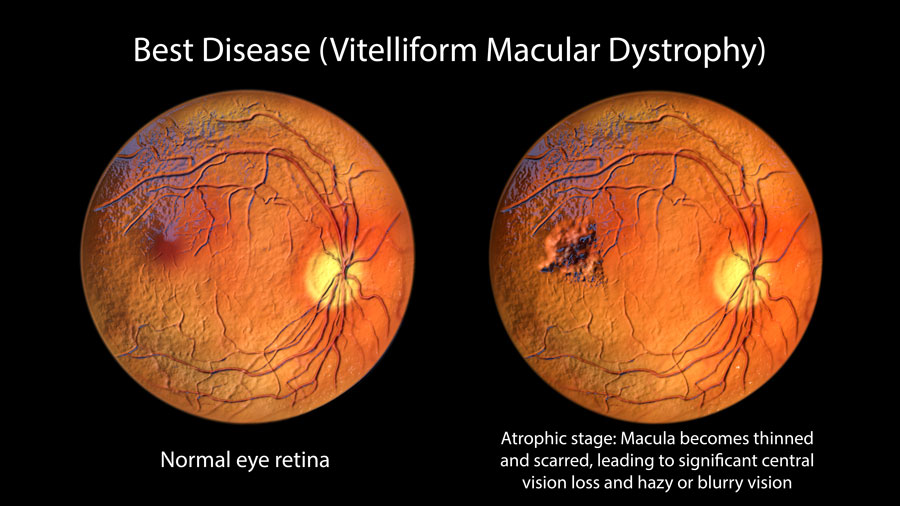
Macular Damage
Neurodegeneration
- Mechanical trauma
- Decreased blood flow
- Retinal ganglion cell death
Neuroinflammation
Oxidative Stress
Other Risk Factors
- Harmful Drugs: Steroids can increase glaucoma risk.
- Computer Use: Extensive use raises risk, especially in myopic individuals.
- Thyroid Issues: Low thyroid function is linked to glaucoma.
- Genetic Mutations: Mutations in WDR36 and STI1 genes contribute to the disease.
- Mercury and Manganese Levels: High mercury and low manganese levels are associated with glaucoma.
- Estrogen Insufficiency: Early ovary removal and low estrogen levels increase risk.
- Alzheimer’s Disease: Patients have a higher glaucoma risk.
- Retinal Vein Occlusion: Increases glaucoma risk.
- Smoking: Significantly raises risk.
- Mitochondrial Dysfunction: Linked to trabecular meshwork cell deterioration.
- Homocysteine: High levels are a risk factor for open-angle and pseudoexfoliation glaucoma.

Telehealth and Intensive In-Office Best's Disease Treatment
Start Your Journey with a Telehealth Consultation and Experience the Fastest Results with Our Comprehensive In-Office Care
If you’re seeking the most effective treatment for Best’s Disease, our intensive in-office appointments offer the fastest results. Many of our patients choose to visit our New Jersey office for this reason. During these intensive appointments, you’ll undergo a series of advanced treatments tailored to your specific needs over several days, ensuring comprehensive and effective care.

At-Home Best's Disease Treatment with the ACS-3000
Discover the At-Home Frequency Specific Alternating Current Micro Stimulation System
The ACS-3000 system is designed for convenience and effectiveness, allowing you to benefit from cutting-edge treatments without leaving your home. It’s an excellent option for those seeking ongoing care and maintenance for Best’s Disease.
Shop Best's Disease (Macular Dystrophy) Supplements
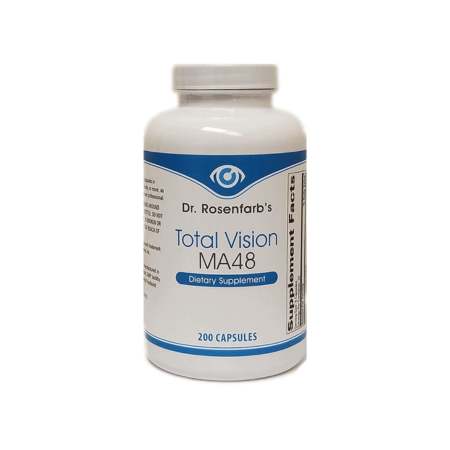
Total Vision MA48
Comprehensive nutritional formula providing the nutrients specifically related to target and support of general eye health and vision.

LipoVision DHA
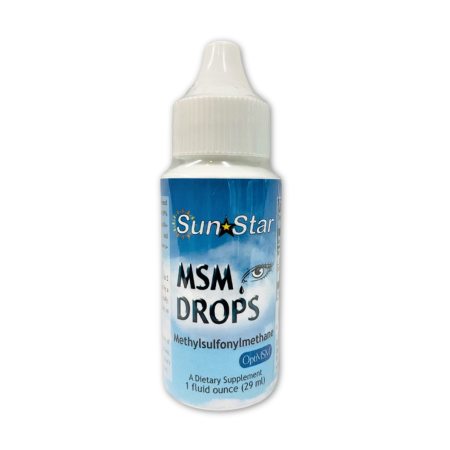
MSM Drops
MSM is a special biological sulfur needed by the body to maintain youthful, healthy connective tissue, protein and pH levels.
